Alaska’s First City
Our first two days in Alaska involved an at-sea day, 17 bald eagles in one location, totem poles, squirrels in a canoe, a former red-light district, and awesome views of the Alaskan waters. What a great preview into what is yet to come!
Click on the first photo in each group and scroll to see the square photos at full size.
To start at the beginning of this trip, visit The Trip of Our Lives 2023.
To start at the beginning of the cruise portion of this trip, visit North to Alaska 2023.
Hindsight is 2020
After a marvelous stay in Vancouver, today’s tasks were to leave our luggage in our room, check out of the Westin at 8, meet the Princess Rep in the lobby to secure a time for the shuttle to the cruise terminal, and board our ship by 2:30 for a 4:30 departure.
We found out that our shuttle wouldn’t leave for two hours after we had already checked out. The Rep said as an alternative to waiting around the hotel, it was a lovely walk to the terminal and it would only take us about ten minutes.
It was definitely a rookie mistake not to have come up with an alternate plan that would make the most of our final hours in Vancouver. If we hadn’t checked out right at 8, we could have taken that two-hour walk in Stanley Park that I talked about in my last post and showered after – or even stayed in our room, to arrive at the terminal later and reduce the wait-time to board in that roomful of uncomfortable chairs. Oh well, it was what it was.
The Scenic Route
Our ten-minute walk was closer to half an hour, but we made the most of it on this gorgeous day. We enjoyed a beautiful part of the seawall near Coal Harbour Seaside Park and the Seawall Water Walk, with lots of breaks to gaze out at the harbor. An energetic pooch photobombed the splash pad photo at Harbour Green Park, and the third photo is the Komagata Maru Memorial surrounded by a garden of beautiful flowers.
“This collaborative project involved a monument design to commemorate a 1914 incident that witnessed 376 passengers from India escorted out of Vancouver’s Coal Harbour aboard the steamship Komagata Maru.Steel panels, set within the surrounding landscape, simulate the ships hull with small openings to reflect the cascading waves of Vancouver’s harbour. A centrally located glass panel provides a historical narrative of the incident for visitors, and presents a poignant historic image from a tragic day in Canadian immigration history.
The monument reflects Canada’s commitment to a nation where differences are respected and traditions are honoured.” ~ READ MORE
Leaving Vancouver
When we reached the cruise terminal, we received our Princess Cruise medallions and were herded into a room with those uncomfortable chairs till we could board the ship. Our room wasn’t ready when we boarded, but we were able to have lunch onboard. Since we weren’t hungry (or thirsty) anymore, we didn’t mind that it took a while to get our room – and even longer to get our luggage. We wandered around to check out our new digs for the next seven days.
The Grand Princess departed Vancouver at 4:30pm and we were finally on our way to Alaska! Rather than have to make a decision on which dining room to visit on this first night, we had burgers at The Salty Dog and a couple of gin and tonics for dinner. Ahhh. So far, so good!
The last photos below show the Lions Gate Bridge spanning False Creek. This fairly unexciting green bridge gets a lot of attention due to its backdrop of the mountains and Stanley Park on one end. We went over it yesterday, but there was no way of getting a decent picture from our bouncy bus.
Our First “At Sea” Day
Three 45-minute enrichment talks about Alaska with Pete Griffin made this whole-day at sea much more interesting. Welcome to Alaska, Glaciers and Animals Around Them, and Living Off the Land were full of fun stories from Pete’s adventures with great information about Alaska. He shared Ibn Battuta’s quote (below) at all three of his talks, and as you probably already know – I totally agree!
“Pete Griffin’s book, Stories of a Forest Ranger, organically connects us to the natural world via his personal experiences and through the span of his life. The chapters are infused with heartfelt sentiment and childlike awe. One can understand how Pete became a forest ranger and a storyteller, for he so richly unravels the mysteries of life around us with humor, spot-on descriptions and observations, and best of all, a great appreciation for the wonder of it all.” – READ MORE
That evening we dined in The Botticelli Main Dining Room – which was absolutely delicious! Our four-course meal included several options for dessert, and of course I ordered the Baked Alaska! That night Jim tried an old fashioned at Good Spirits, and after lots of research – he always came back here for the best old fashioned on the ship.
Highlights of Ketchikan
It was very exciting to come into our first Alaskan port! I loved the splashes of red buildings, the lovely boats moored along the shore and the fog or low clouds that seemed to hang in the valleys of thick evergreen. It was forecasted to be a pretty awful day – rainy and cold with no hope of blue skies. But we’re finally getting off the ship in Ketchikan, so there was reason for a positive outlook.
Our city tour left from the cruise ship pier and two of our six passengers were no-shows, making for a small and intimate group to see the sights. Our native Tlingit (pronounced KLINGkit) tour guide was awesome and a little sarcastic – a trait that I share, so we got along just fine!
The Rock
“A Tlingit woman sits with her drum singing her song of Ketchikan. She sings of how the loggers came and harvested the trees. the miners mined the gold, the fishermen dared the sea for the salmon and the halibut, and the pilots braved the sky, carrying people out beyond the reach of any ship or road.
The pioneer woman arrives on her own, looking out over the horizon of opportunity that awaits her here in this new land. Atop The Rock stands Chief Johnson who, in the early days of Ketchikan, would be waiting on the dock to greet travelers arriving on the ships sailing from San Francisco and Seattle. He offered them trinkets for sale and in this way began a cultural exchange that continues today. He stands as a visionary as he now welcomes the world.
Ketchikan was founded by the vision and heroic efforts of these pioneers. Welcome to Alaska’s First City. Welcome to Ketchikan!” ~ on a plaque at the base
Eagle Point
We loaded up in a small van and headed to Eagle Point, where a group of eagles – commonly referred to as a soar or a convocation – were hanging out in a small inlet. It was definitely not the pristine Alaska backdrop I had hoped for – it was a pretty mucky area at low tide – but I have never seen so many bald eagles in one place at one time. The first photo shows almost all of the seventeen bald eagles we saw at this location. Our guide said that today the mature eagles were hanging with their nephews – the young-uns before their heads and tail feathers turn white.
Tlingit Education Center
At the Tlingit Education Center, our guide showed us several tribal items, taxidermied animals, and horns or antlers from sheep, moose and deer. On the saw horses behind our guide is a log in the early stages of becoming a totem pole. It was an interesting stop, and again our guide made it very fun.
A Quick Stop at Herring Cove
Saxman Native Village
“Ketchikan is truly the totem capital of the world, and if you want to see the most standing totems in one location, a visit to Saxman Village’s Totem Park is in order. The 25 totems here are authentic replicas of original poles that were left in abandoned villages as Native Alaskans moved into more populated cities.
The art of totem pole carving was a luxury that experienced its heyday in the mid-1700s to the late 1800s. The fur trade had provided the Tlingit, Haida and Tsimshian peoples a newfound sense of wealth – and time to focus on the artistry of the totem. These poles were symbols of cultural and economic wealth that told glorious, comprehensive stories about the people and legends of the land.
In the late 1800s, Tlingits from the old villages of Cape Fox and Tongass searched out the Saxman site as a place where they could build a school and a church. The site (just one square mile) was incorporated in 1929 and has a population of just over 400 today, mostly Native Alaskans.” ~ READ MORE
Our guide wore a wolf headress and held a staff for pictures. He actually made this tour so special with his stories and dry sense of humor. While taking the photo below, Jim asked him to smile and he replied, “Wolves don’t smile.”
Creek Street
We stayed in town for a while after our tour since we could just walk across the pier to get back to our ship. There was plenty of shopping and restaurants, but we just took in the sites in this quaint little town.
“Visited by thousands of visitors every year, historic Creek Street Ketchikan Alaska is one of the most popular things to see in Ketchikan. The antique boardwalk on wooden pilings over Ketchikan Creek is home to restaurants, unique curio shops, the ‘Dolly’s House Museum’ & private dwellings, as well as some of the best salmon viewing areas in Ketchikan.
Creek Street is built along the shores of Ketchikan Creek. It was built over the water because it was simply too difficult to blast away the rocky hills surrounding the creek. This is a common theme with Ketchikan as you will notice a large percentage of the town was quite literally built ‘over the water’.” ~ READ MORE about the Red Light District and Prohibition
Back to the Ship
Since we spent the entire time in Ketchikan exploring, we waited till we got back to the ship for lunch. Later in the afternoon Pete Griffin (the naturalist from yesterday) was broadcasting from the Navigational Bridge over the loud speaker for those on the upper deck.
From his high post he had a great vantage point to spot wildlife, so he pointed us in the right direction to see pods of Dall’s porpoises, whale spouts, and sea otters. Although nothing was close enough to photograph, and in some cases I couldn’t even see what he was pointing out (and it was very cold and windy), standing up there on top of the world looking out over the waters of Alaska – was unforgettable.
Wolves Don’t Smile!
Next up: Alaska’s Capital City
Happy trails,
Barb

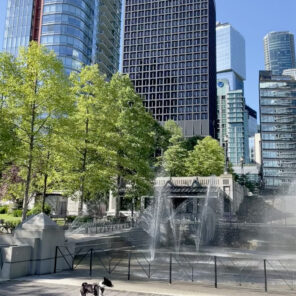


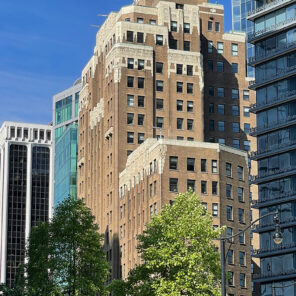
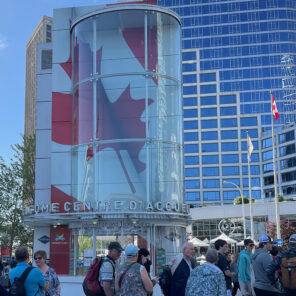
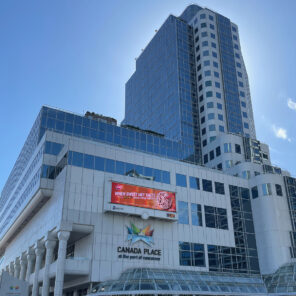
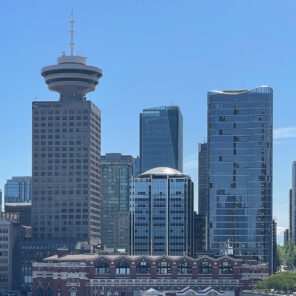
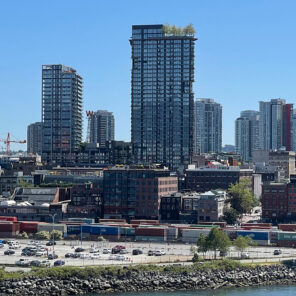
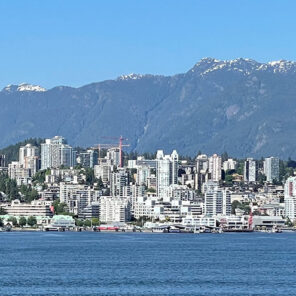
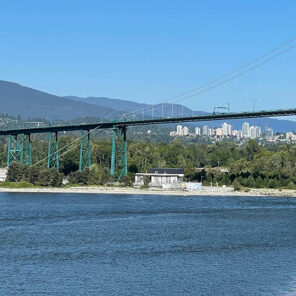
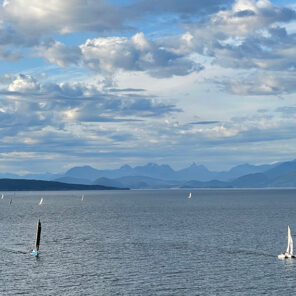
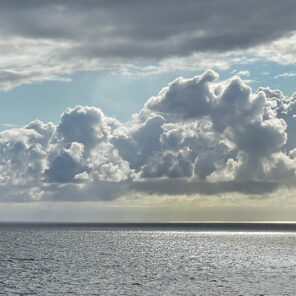



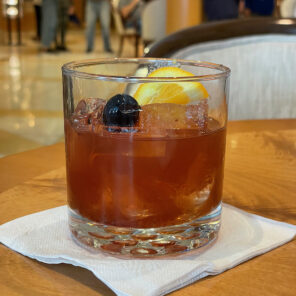
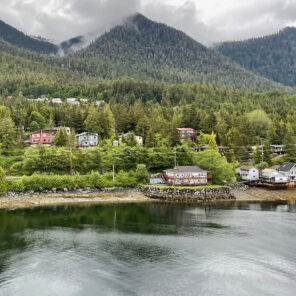
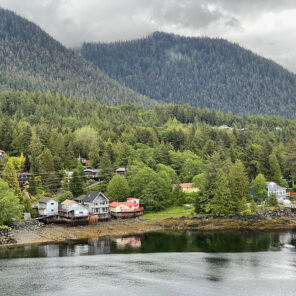
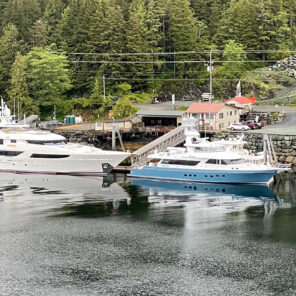
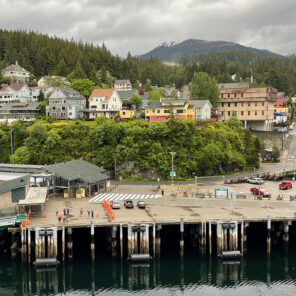
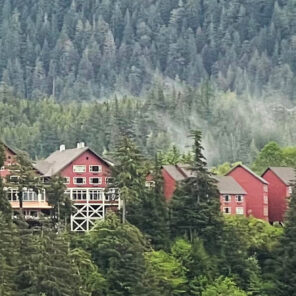
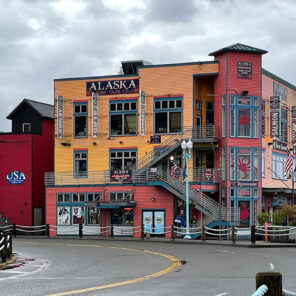
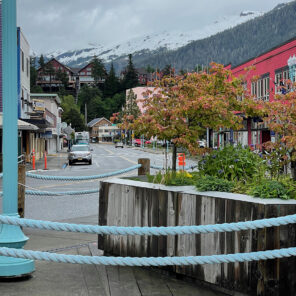
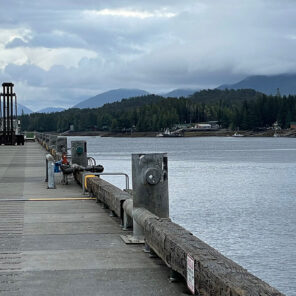
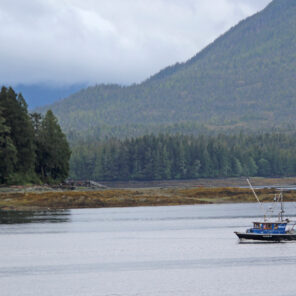

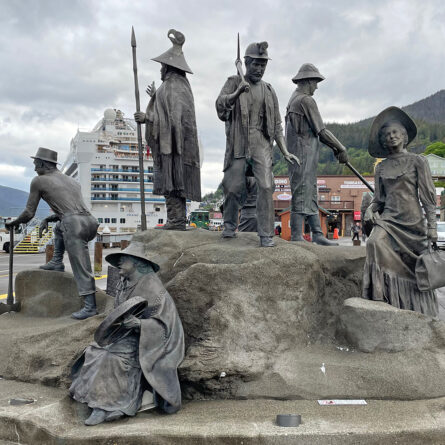
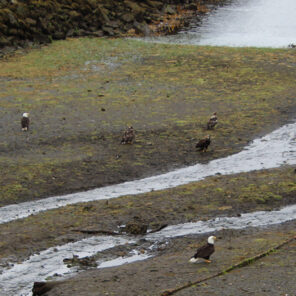
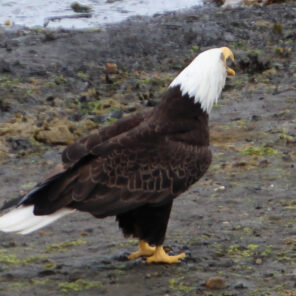
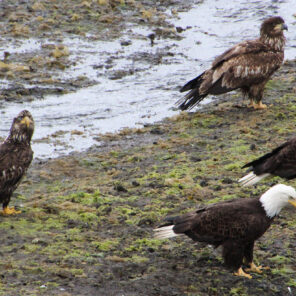
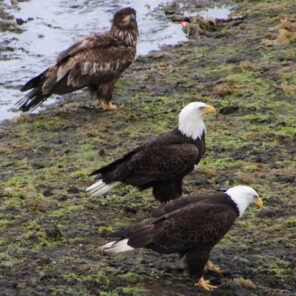
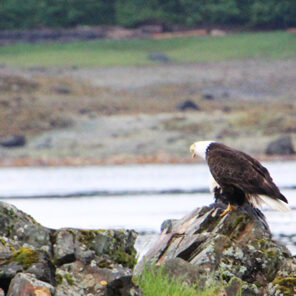
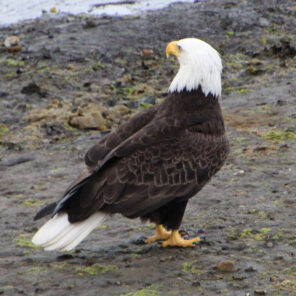
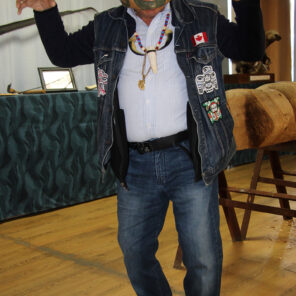
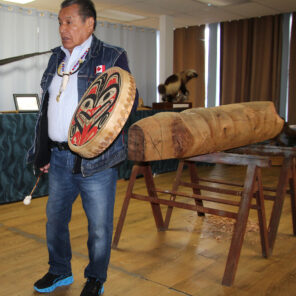
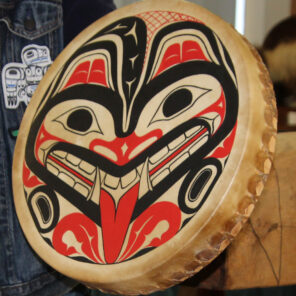
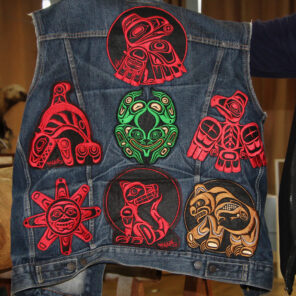
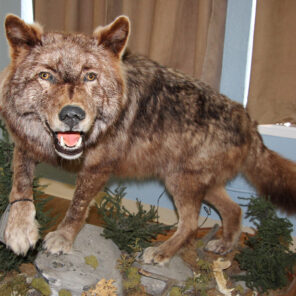

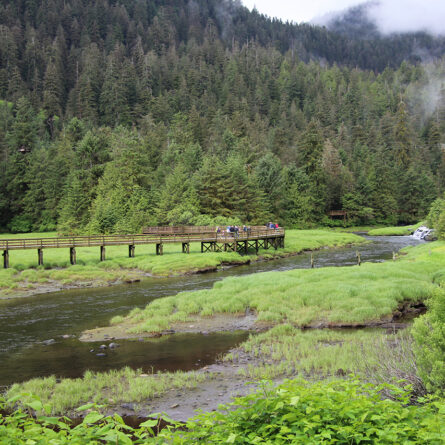
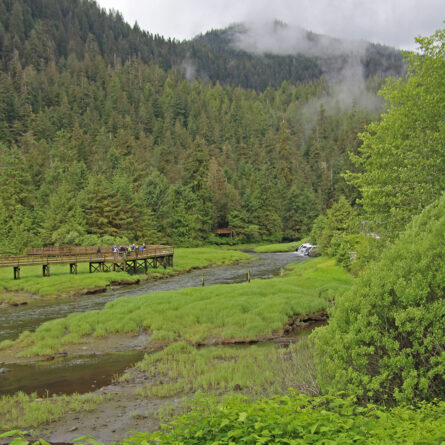
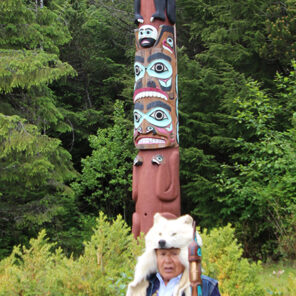
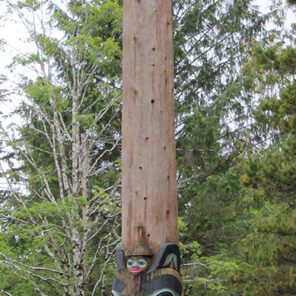
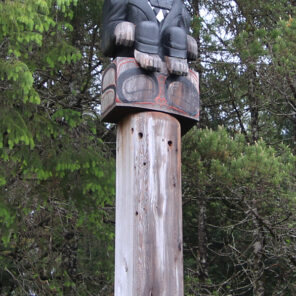
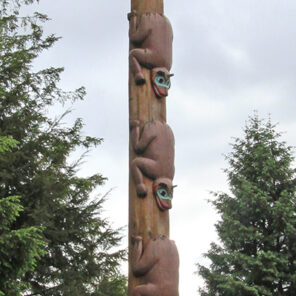
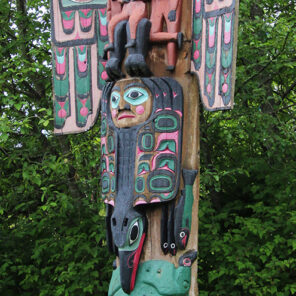
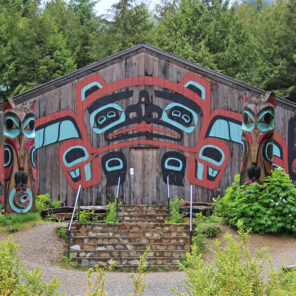

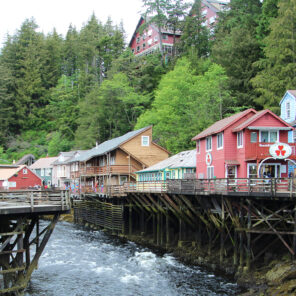
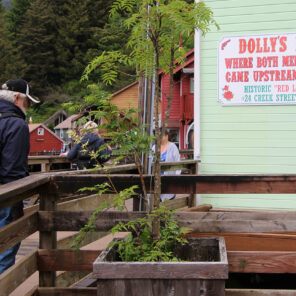
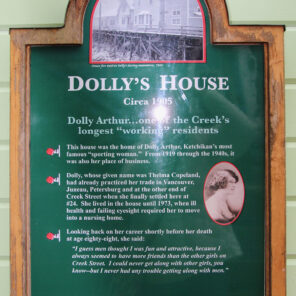
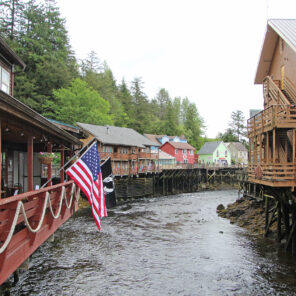

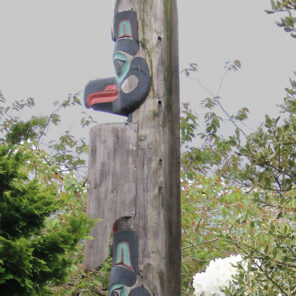
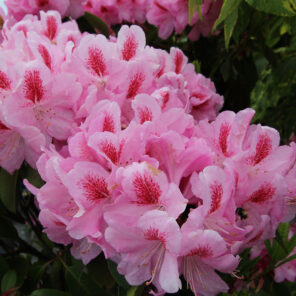
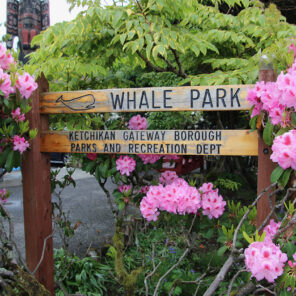
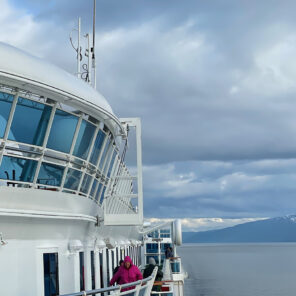


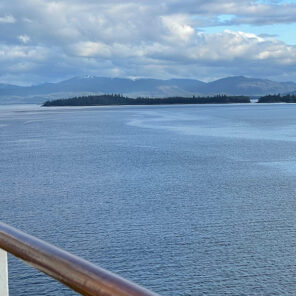
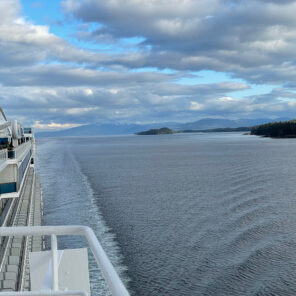
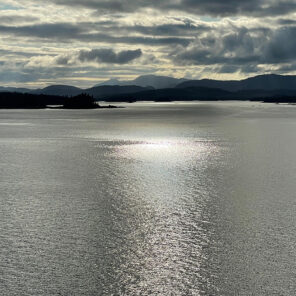


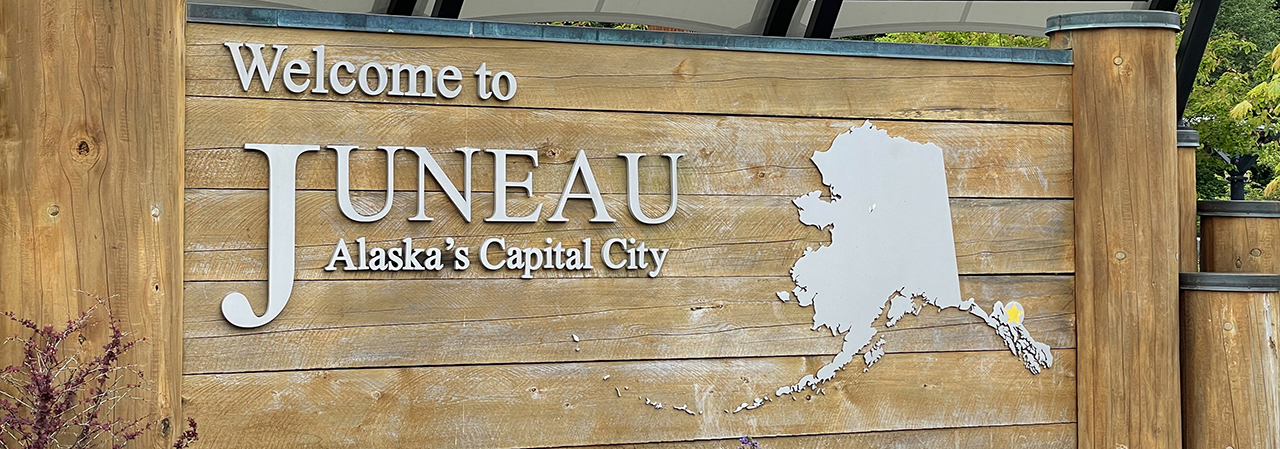



Comments are closed here.